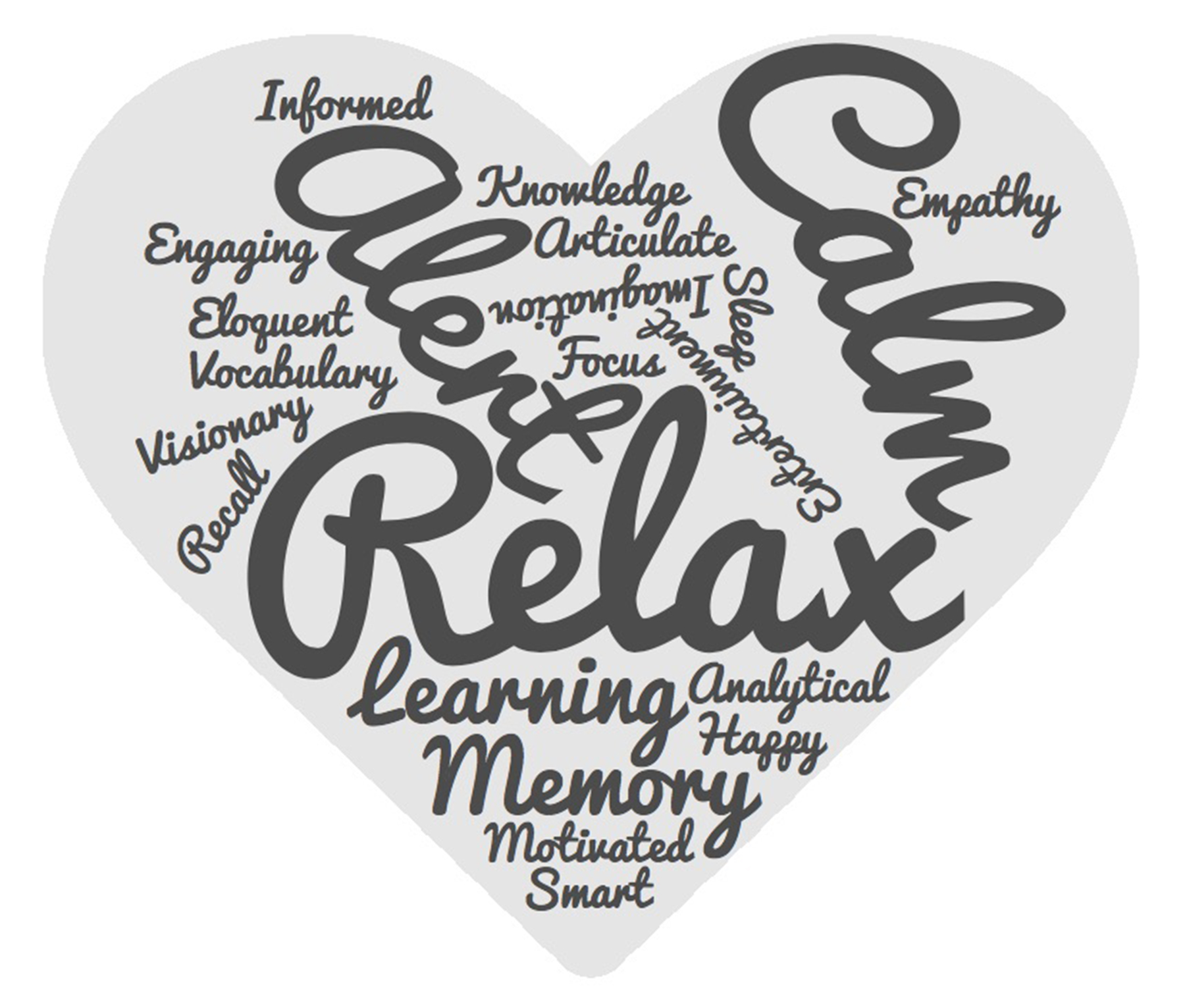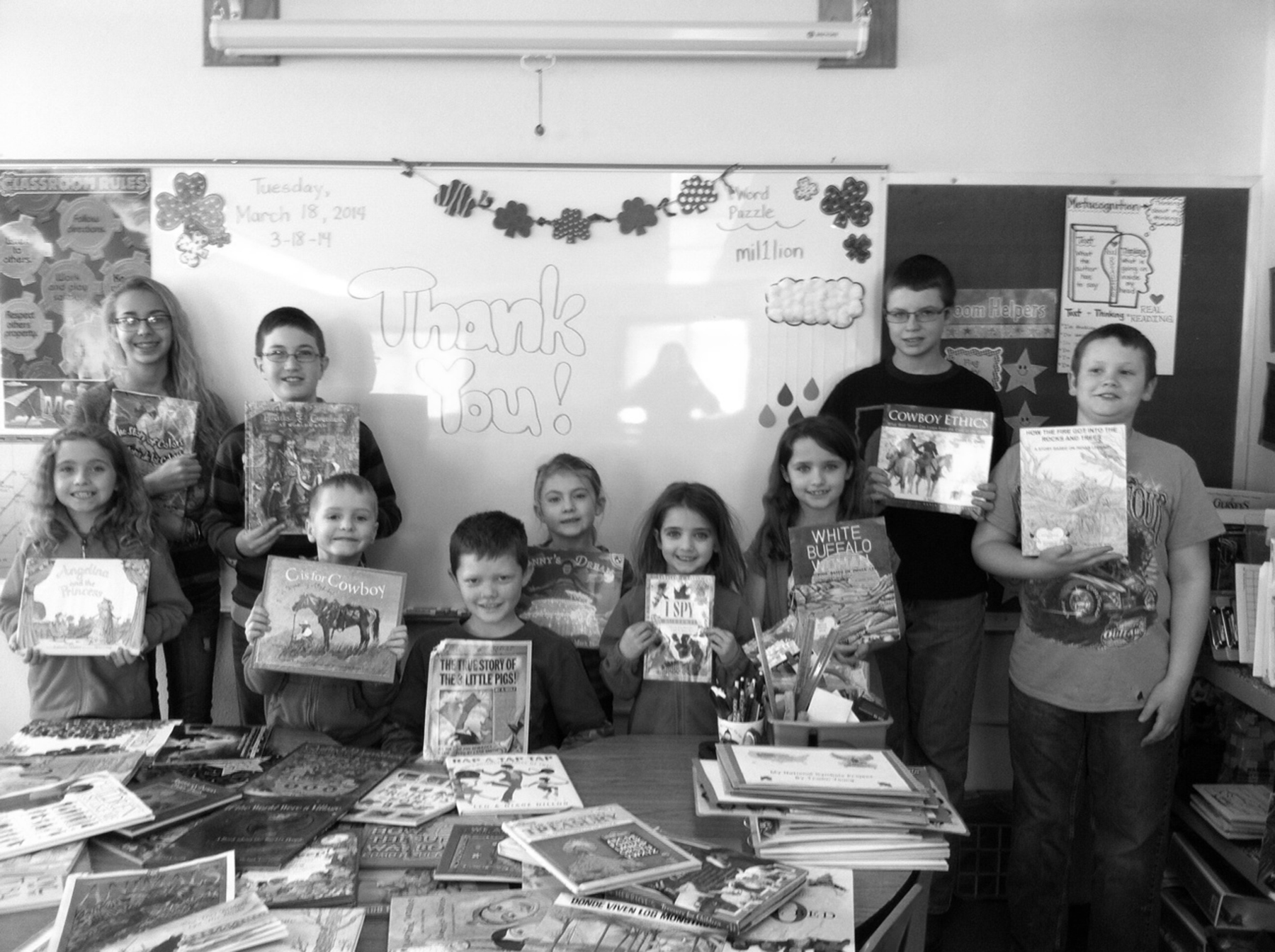pp.48-51
by Joan Wink
Published by Libraries Unlimited/ABCLIO
Copyright © 2018 by Joan Wink
The right story at the right moment can be transformative. A story can inspire us to action, and it can affirm our own identity. A story can help us relearn what we already know to be true. The right story can take a bad day and make it a great day.
This is a story about a story, The Most Magnificent Thing, (2014) by Ashley Spires, and it demonstrates the transformative nature of story. Missy is the heroine, and by reading this one book on a late and exhausting teaching day, she re-discovered herself, and what she already knows to be true: She is creating something close to magnificent, every day, even with seven different grade levels.
Figure 2.2 Why Stories?
Seven different grade levels, you ask? How can that be? Missy teaches in a one-room school, in a very isolated area of the prairies. She teaches seven different grades levels to 13 students, who live on near-by ranches, which are also very isolated. She is a former county Teacher of the Year and is truly exceptional human being and teacher. She is the teacher we want for our kids and grandchildren. Or, she could be, if the national and state reformers who live in far-away cities, would just get out of her way, and let her teach. In what follows, Missy’s own words tell her story.
I am just at a total loss as to how one person and a first-year assistant (a great one, but alas, a first-year one) can teach 13 kids in seven different grade levels in today’s world: planning the mandated curriculum alone is killing me … not to mention implementing each of those seven different standards daily.
I have to rethink everything. The first hour and a half of my school day goes well, and then just the management of it all falls apart. Lindsay, my paraprofessional, and I begin to spin in circles trying to help kids until we are dizzy. In the end, on a good day, all that happens is that we manage to keep the kids busy (not learning, just busy) from 8:00–3:30. I don’t even want to talk about the bad days!
Back to the drawing board. I had some unexpected, blissful planning time today and was able to rethink, reimagine, reorganize my schedule. I shared my new ideas with Lindsay, and we agreed to begin next week a new grand experiment begins. I’ll keep you posted. It may involve the burning of a large pile of textbooks and worksheets! (Oh, if only!)
I brought closure to the end of our school day by reading the book, The Most Magnificent Thing to the kindergarten girls, and then they drew magnificent pictures. Their creativity gives me sheer delight and even bliss. Dare I hope for more moments like this?
In the book [The Most Magnificent Thing], which I am reading, a little girl is trying to make the most magnificent thing. She has this great idea in her head, but it just never comes out right. She tries and tries, but it is no good. She becomes frustrated and begins to smash things together until she accidently smashes her finger, explodes with rage, and gives up.
How divine that this is the book that jumped into my hand when I walked to my bookshelf! This is exactly how I was feeling before I read the story to the students.
In the end of the book, the heroine in the book realizes that some pieces and parts of the things, which she made are good, and if she puts the good parts together, she ends up with something close to magnificent. The meaning behind the story kept creeping into my heart.
My Most Magnificent Thing: I have had to face the fact that no schedule change, no organizational tool, no lesson plan format can possibly compete with the mandated Common Core for 13 students in 7 different grades.
However, My Most Magnificent Thing is, of course, books, books, and more books.
The right story at the right moment can take a bad day and make it a great day.
Figure 2.3 Books: Missy’s Most Magnificent Thing
I use stories to help others make meaning of new concepts. I use stories to help students pull in their prior experiences and to help them generate meaning of new knowledge. Language, ideas, and experiences are captured in stories, and stories lead to literacy, and literacy leads to understanding the world better and even learning more.






